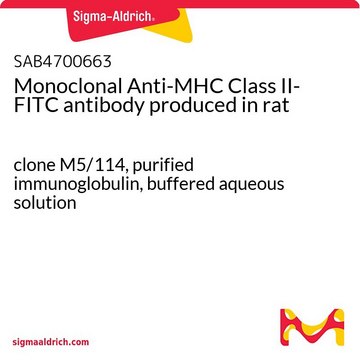Wichtige Dokumente
211648
Yttrium(III)-chlorid Hexahydrat
99.9% trace metals basis
Synonym(e):
Yttrium trichloride hexahydrate
About This Item
Empfohlene Produkte
Qualität
for analytical purposes
Qualitätsniveau
Assay
99.9% trace metals basis
Form
crystals and lumps
Verunreinigungen
≤1500.0 ppm Trace Rare Earth Analysis
mp (Schmelzpunkt)
100 °C (dec.) (lit.)
Dichte
2.18 g/mL at 25 °C (lit.)
SMILES String
[H]O[H].[H]O[H].[H]O[H].[H]O[H].[H]O[H].[H]O[H].Cl[Y](Cl)Cl
InChI
1S/3ClH.6H2O.Y/h3*1H;6*1H2;/q;;;;;;;;;+3/p-3
InChIKey
IINACGXCEZNYTF-UHFFFAOYSA-K
Suchen Sie nach ähnlichen Produkten? Aufrufen Leitfaden zum Produktvergleich
Verwandte Kategorien
Anwendung
- Yttrium(III) chloride hexahydrate: This compound is extensively used in the synthesis of yttrium-based materials, including phosphors and ceramics. It acts as a precursor for yttrium iron garnets, crucial components in electronic and optical devices due to their magnetic properties. Additionally, its use in catalysis and materials science research is notable, especially where high purity yttrium is required (Sigma-Aldrich, CAS 10025-94-2).
Signalwort
Danger
H-Sätze
Gefahreneinstufungen
Aquatic Acute 1 - Aquatic Chronic 1 - Eye Dam. 1 - Skin Sens. 1B
Lagerklassenschlüssel
11 - Combustible Solids
WGK
WGK 3
Flammpunkt (°F)
Not applicable
Flammpunkt (°C)
Not applicable
Persönliche Schutzausrüstung
dust mask type N95 (US), Eyeshields, Gloves
Hier finden Sie alle aktuellen Versionen:
Besitzen Sie dieses Produkt bereits?
In der Dokumentenbibliothek finden Sie die Dokumentation zu den Produkten, die Sie kürzlich erworben haben.
Kunden haben sich ebenfalls angesehen
Artikel
The rare earth elements impact nearly everyone in the world. All of the people living in advanced technological countries and almost all those living in third world countries utilize the rare earths in their everyday living—the car that one drives (gasoline is refined from oil using rare earth catalysts and catalytic converters reduce the polluting emissions from the automotive exhaust), watching the news on TV (the red and green colors in TV screens), the telephones and computers we use to communicate (the permanent magnets in speakers and disc drives), just to name a few examples.
Unser Team von Wissenschaftlern verfügt über Erfahrung in allen Forschungsbereichen einschließlich Life Science, Materialwissenschaften, chemischer Synthese, Chromatographie, Analytik und vielen mehr..
Setzen Sie sich mit dem technischen Dienst in Verbindung.













